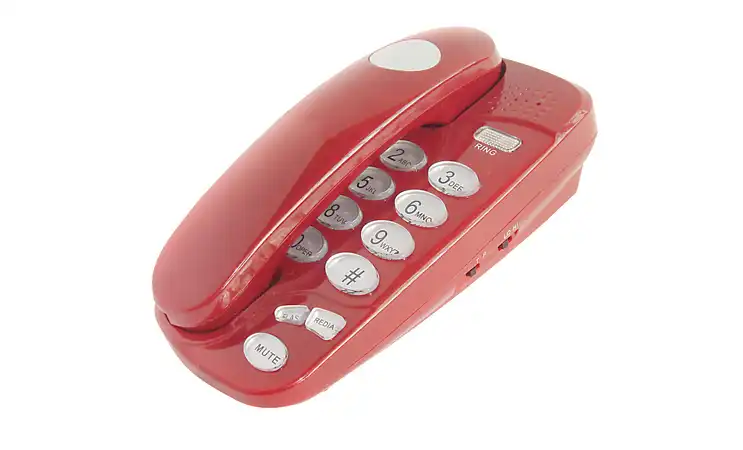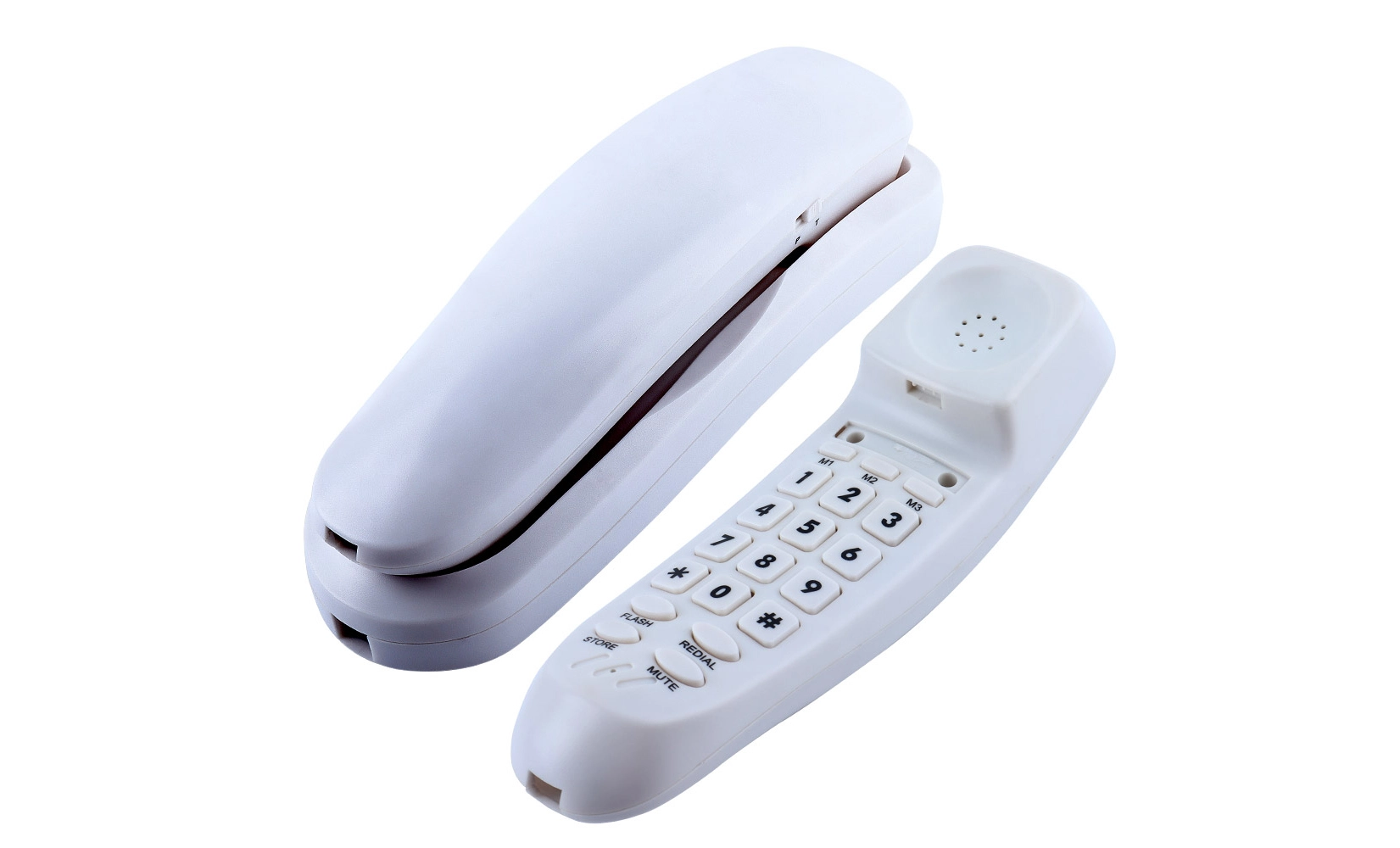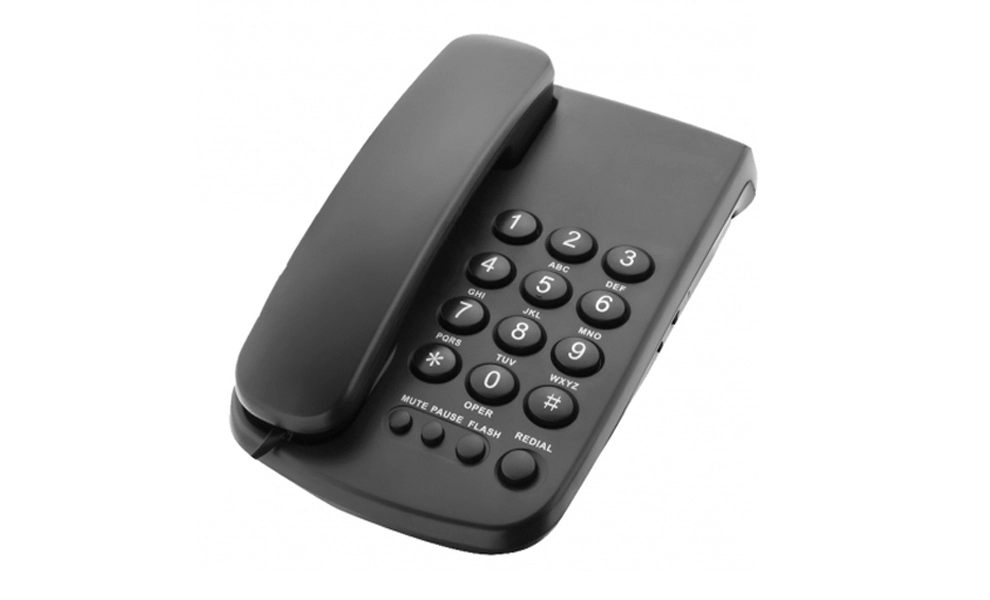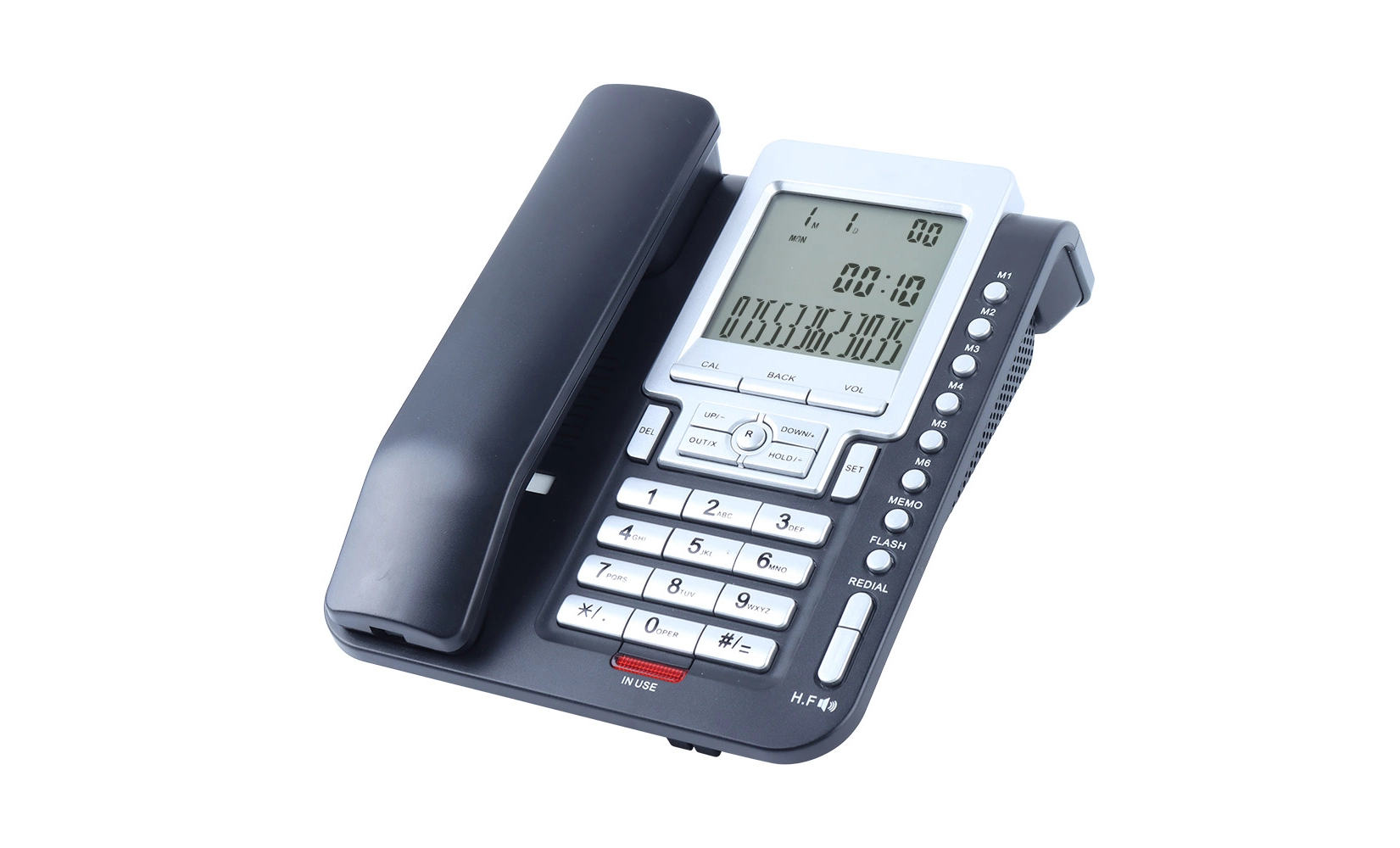The Birth and Evolution of the Trimline Telephone
Innovative Design: A Phone Ahead of Its Time
The Western Electric Trimline Telephone, introduced in 1965, was a revolutionary product that redefined the aesthetics and functionality of home phones. Its sleek, streamlined design was a radical departure from the bulky rotary phones of the era. The Trimline's most distinguishing feature was its integrated dial (later keypad) in the handset, allowing users to dial without reaching for the base unit.
This innovative design was the brainchild of industrial designer Henry Dreyfuss and his team. They sought to create a phone that was not only functional but also aesthetically pleasing. The result was a device that looked as modern in the 1960s as it does today, with its clean lines and minimalist approach.
Technical Advancements: Pushing the Boundaries
The Trimline telephone wasn't just about looks; it packed several technical innovations that set it apart from its contemporaries. One of the most notable features was the illuminated dial, which made nighttime dialing a breeze. This was achieved through a clever design that used the phone line's electricity to power the light, eliminating the need for batteries.
Another significant advancement was the miniaturization of components. The Trimline's compact design required smaller, more efficient internal parts, pushing the boundaries of what was possible in telephone technology at the time. This miniaturization trend would later influence the development of mobile phones.
Cultural Impact: A Symbol of Modern Living
The Trimline telephone quickly became more than just a communication device; it was a symbol of modern, sophisticated living. Its appearance in countless movies and TV shows cemented its status as an icon of mid-century design. The phone's popularity transcended demographics, finding its way into homes, offices, and hotel rooms across America and beyond.
The Trimline's influence extended beyond the realm of telecommunications. Its design philosophy of combining form and function in a sleek package inspired other consumer products, from kitchen appliances to office equipment. The phone became a case study in industrial design, showcasing how thoughtful design could enhance everyday objects.
Nostalgia and Practicality: Why the Trimline Still Resonates?
Tactile Satisfaction in a Digital World
In an age dominated by touchscreens and virtual interfaces, the Trimline telephone offers a refreshing tactile experience. The physical act of picking up the handset, feeling the weight and texture, and pressing the buttons provides a sensory satisfaction that many find missing in modern smartphones.
This tangible interaction with the device creates a more deliberate and mindful communication experience. Unlike the constant connectivity of smartphones, using a Trimline encourages focused, intentional conversations. Many people find this aspect particularly appealing in today's fast-paced, always-on digital environment.
Reliability and Simplicity
One of the Trimline telephone's enduring qualities is its reliability. Built to last, many original Trimline phones from the 1960s and 1970s are still in working condition today. This longevity is a testament to the quality of materials and craftsmanship that went into their production.
The simplicity of the Trimline is another factor in its continued appeal. In an era of complex, multi-function devices, there's something refreshing about a tool that does one job and does it well. The Trimline doesn't require updates, doesn't have a learning curve, and isn't susceptible to software glitches or battery issues. It's a plug-and-play device in the truest sense.
Aesthetic Appeal and Design Timelessness
The Trimline's design has stood the test of time. Its clean lines and minimalist aesthetic fit seamlessly into contemporary interiors, making it as much a design object as a functional device. Available in a variety of colors, from classic black and white to vibrant hues, the Trimline can be a subtle accent piece or a bold statement in home decor.
For many, the Trimline evokes a sense of nostalgia, recalling an era when phone conversations were more deliberate and personal. This emotional connection to the past, combined with the phone's enduring functionality, makes it a cherished item for both collectors and everyday users alike.
 The Trimline's Legacy in Modern Telecommunications
The Trimline's Legacy in Modern Telecommunications
Influence on Mobile Phone Design
The impact of the Trimline telephone extends far beyond its era, influencing the design of modern mobile phones. The concept of integrating the dial (or keypad) with the handset was revolutionary in the 1960s, but it's now a standard feature in mobile devices. The Trimline's focus on compactness and portability laid the groundwork for the mobile revolution that would follow decades later.
Moreover, the Trimline's emphasis on user-friendly design and ergonomics continues to be a crucial consideration in modern phone development. The way the handset fit comfortably in the hand, with easy access to all functions, is a principle that smartphone designers still strive to achieve today.
Continuing Relevance in Specific Settings
While smartphones have largely replaced landlines in many homes, the Trimline and similar corded phones continue to serve essential roles in various settings. Hotels often prefer corded phones for their reliability and ease of use for guests. Similarly, emergency services and certain business environments still rely on landline phones for their dependability during power outages or in areas with poor cellular coverage.
The Trimline's design principles of clarity and simplicity make it an excellent choice for elderly users or those with limited tech-savviness. Its straightforward operation and large, easy-to-read buttons provide accessibility that more complex devices may lack.
Collector's Item and Retro Tech Revival
As with many iconic designs of the past, the Trimline telephone has found new life as a collector's item. Vintage technology enthusiasts and design aficionados seek out original Trimline phones, appreciating them for their historical significance and aesthetic value. This renewed interest has led to a broader retro tech revival, with some companies producing modern versions of classic phone designs, including Trimline-inspired models.
The Trimline's enduring popularity in collector circles speaks to its status as more than just a phone – it's a piece of cultural history. Each Trimline tells a story of technological innovation, design evolution, and changing social norms around communication.
Conclusion
The Western Electric Trimline telephone remains a beloved icon of telecommunications history. Its innovative design, combining form and function in a sleek package, revolutionized home phone technology and left an indelible mark on industrial design. The Trimline's enduring appeal lies in its perfect balance of nostalgia and practicality, offering a tangible connection to a simpler era of communication while still serving useful purposes in specific contexts today.
As we continue to navigate an increasingly digital world, the Trimline serves as a reminder of the value of thoughtful design and purposeful communication. Its legacy lives on, not just in the collectors' items and retro revivals, but in the design principles that continue to influence modern telecommunications devices. The Trimline telephone stands as a testament to the idea that great design is timeless, and that sometimes, the simplest solutions are the most enduring.
Trusted slimline phone manufacturer for global buyers | CHEETA
CHEETA, a leading manufacturer of slimline phones, combines innovation with reliability to meet global communication needs. With 18+ years of OEM/ODM expertise, our 1,200㎡ factory produces 1,000 analog units daily, ensuring rapid delivery. Our products, from wall-mountable designs to compact corded handsets, blend functionality with space-saving aesthetics. CHEETA's commitment to quality is evident in our 11-step inspection process and adherence to CE, RoHS, FCC, and UN38.3 standards. We offer customization options and continuous product refinement based on user feedback and global trends. For cutting-edge telephone solutions tailored to your needs, contact us at allen@cheeta.com.cn.

 The Western Electric
The Western Electric 




